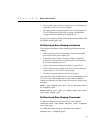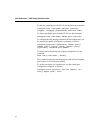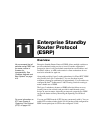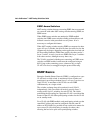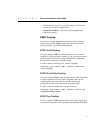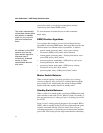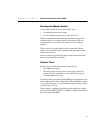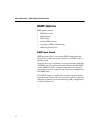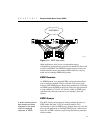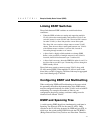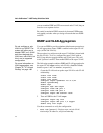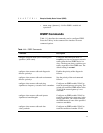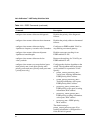
C H A P T E R 11 Enterprise Standby Router Protocol (ESRP)
173
Electing the Master Switch
A new master can be elected in one of these ways:
• A communicated parameter change
• Loss of communication between master and slave(s).
Whenever a parameter that determines the master changes (for
example, link loss or priority change), the election of the new
master typically occurs within one timer cycle (2 seconds by
default).
When a switch in standby mode loses its connection with the
master, a new election occurs (using the same precedence order
indicated previously).
The new election typically takes place in three times the defined
timer cycle (6 seconds by default).
Failover Time
Failover time is largely determined by these factors:
• The ESRP timer setting.
• The routing protocol being used for inter-router connectivity
whenever Layer 3 redundancy is used. OSPF failover time is
faster than RIP failover time.
The failover time associated with the ESRP protocol depends on the
timer setting and the nature of the failure. The default timer setting
is 2 seconds; the range is 1 to 255. Default settings usually result in
a failover time of 5 to 8.
When routing is configured, the failover of the particular routing
protocol (such as RIP V1, RIP V2, or OSPF) is added to the failover
time associated with ESRP.



